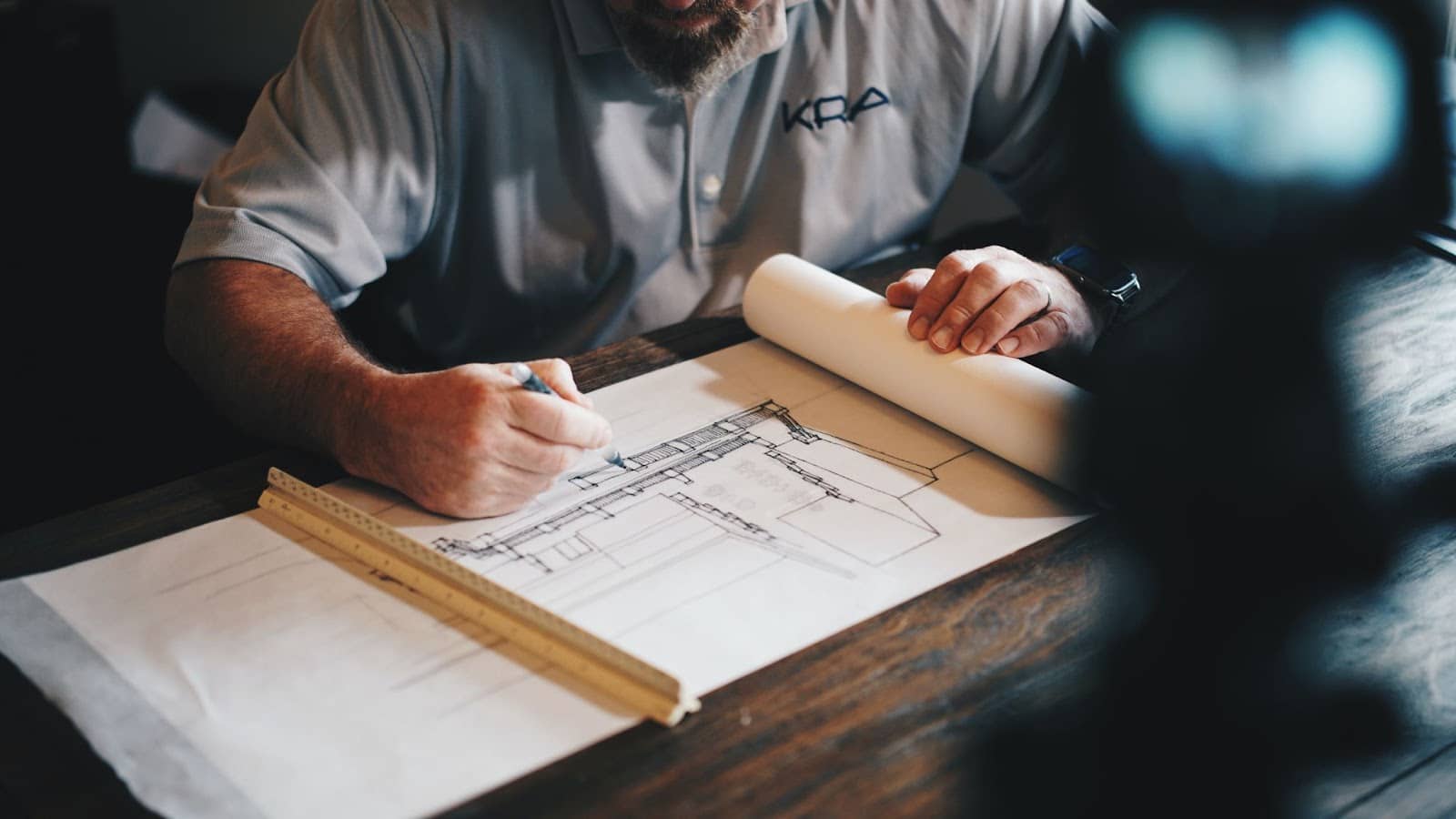In the rapidly evolving landscape of architecture, technology integration has emerged as a game-changer, revolutionizing the way architectural companies operate and design. The infusion of cutting-edge technology into the architectural workflow has proven to be a catalyst for boosting efficiency and propelling these firms to new heights. From streamlining complex design processes to enhancing collaboration and visualization, the impact of technology is undeniable. This article delves into the multifaceted advantages of tech integration within architectural companies, shedding light on how it redefines the industry’s landscape.
Streamlining Complex Design Processes
Architectural design is a complex interplay of creativity and precision, often involving intricate blueprints, 3D models, and exhaustive iterations. Here, technology steps in as a potent ally, mitigating challenges and fostering efficiency. Computer-aided design (CAD) software has become the cornerstone of modern architectural practices, enabling architects to draft, modify, and visualize designs seamlessly. Advanced CAD tools offer parametric modeling, allowing changes to propagate across the design, significantly reducing manual adjustments.
This not only expedites the design phase but also minimizes errors, saving substantial time and resources. Moreover, Building Information Modeling (BIM) technology takes efficiency up a notch by creating a collaborative environment where architects, engineers, and contractors can work concurrently on a shared 3D model. This real-time collaboration eliminates redundancies, enhances communication, and ensures that everyone is on the same page – a crucial factor in the success of any architectural project.
Enhanced Visualization and Communication
Effective communication lies at the core of architectural projects, as conveying design concepts to clients and stakeholders is pivotal. Here, the integration of technology ushers in a visual revolution. Virtual Reality (VR) and Augmented Reality (AR) technologies have redefined how designs are presented and understood.
Architects can now create immersive experiences, allowing clients to virtually walk through spaces before they are built. This not only enhances communication but also empowers clients to make informed decisions based on realistic visualizations. Additionally, interactive 3D models and animations enable architects to showcase their ideas dynamically, making presentations more engaging and persuasive. This newfound clarity in communication not only accelerates the decision-making process but also fosters trust and stronger client relationships.
Seamless Collaboration and Project Management
Collaboration is the heartbeat of architectural projects, often involving a multitude of professionals working in harmony. However, coordinating diverse teams and ensuring efficient project management can be a daunting task. Enter technology – the ultimate orchestrator.
Cloud-based project management tools facilitate seamless collaboration by providing a centralized platform where teams can communicate, share documents, and track progress in real time. This erases geographical barriers and time zone differences, fostering a global network of experts working in sync. Intuitive firm management platforms, such as Factor App, make it easy for architecture and engineering companies to track projects, enter time, create invoices, and gain more visibility into the health of their firm. Furthermore, data analytics and predictive modeling enable architects to anticipate potential roadblocks, allowing for proactive decision-making.
The integration of technology in project management not only boosts efficiency but also empowers architectural firms to deliver projects on time and within budget, cementing their reputation as reliable and capable industry leaders.
Harnessing Sustainable Design Through Data Insights
Sustainability has become a cornerstone of modern architecture, as the industry responds to the urgent need for eco-friendly solutions. Technology integration empowers architectural firms to dive deeper into sustainable design by harnessing the power of data insights.
Energy modeling software allows architects to simulate a building’s energy consumption and performance under various conditions. This not only aids in optimizing designs for energy efficiency but also helps in making informed decisions about materials, insulation, and renewable energy sources. By utilizing data-driven insights, architectural companies can create environmentally responsible designs that align with global sustainability goals, contributing positively to the planet while meeting clients’ expectations for green structures.
Revolutionizing Material Selection and Procurement
The choice of materials significantly impacts a building’s aesthetics, durability, and environmental footprint. Traditionally, architects would spend considerable time researching and sourcing materials. However, with technology integration, this process is undergoing a profound transformation. Material databases and digital catalogs provide architects with a comprehensive range of options, complete with detailed specifications and performance metrics.
Furthermore, Building Information Modeling (BIM) can be extended to include detailed material information, facilitating accurate quantity take-offs and streamlined procurement processes. This not only saves time but also enables architects to make well-informed decisions, selecting materials that align with the design vision, budget constraints, and sustainability goals.
Empowering Design Innovation and Iteration
Architectural creativity thrives on exploration and iteration. The integration of technology amplifies this creative process by providing tools for rapid prototyping and experimentation. Parametric design software enables architects to create intricate, variable-rich designs that adapt to specific site conditions and functional requirements. These digital tools allow for quick adjustments and modifications, enabling architects to explore a myriad of design possibilities within a shorter timeframe.
Moreover, Generative Design takes innovation to a new level by using algorithms to generate design options based on specified parameters. This not only fuels innovation but also allows architects to offer clients a range of design choices, catering to diverse preferences and needs. The marriage of technology and creativity results in a design process that is not only efficient but also fosters groundbreaking architectural solutions.
In a swiftly evolving architectural landscape, the fusion of technology with the design and construction process is no longer optional – it’s imperative. Beyond enhancing efficiency, technology integration offers architects an arsenal of tools to propel their designs to unprecedented heights.
From harnessing sustainable design through data insights and revolutionizing material selection to empowering design innovation and iteration, technology stands as the catalyst for architectural firms to deliver remarkable, sustainable, and awe-inspiring structures. As architectural companies continue to embrace these technological advancements, they position themselves not only as industry leaders but as pioneers of a future where technology and design seamlessly intertwine, shaping the world we build for generations to come.
